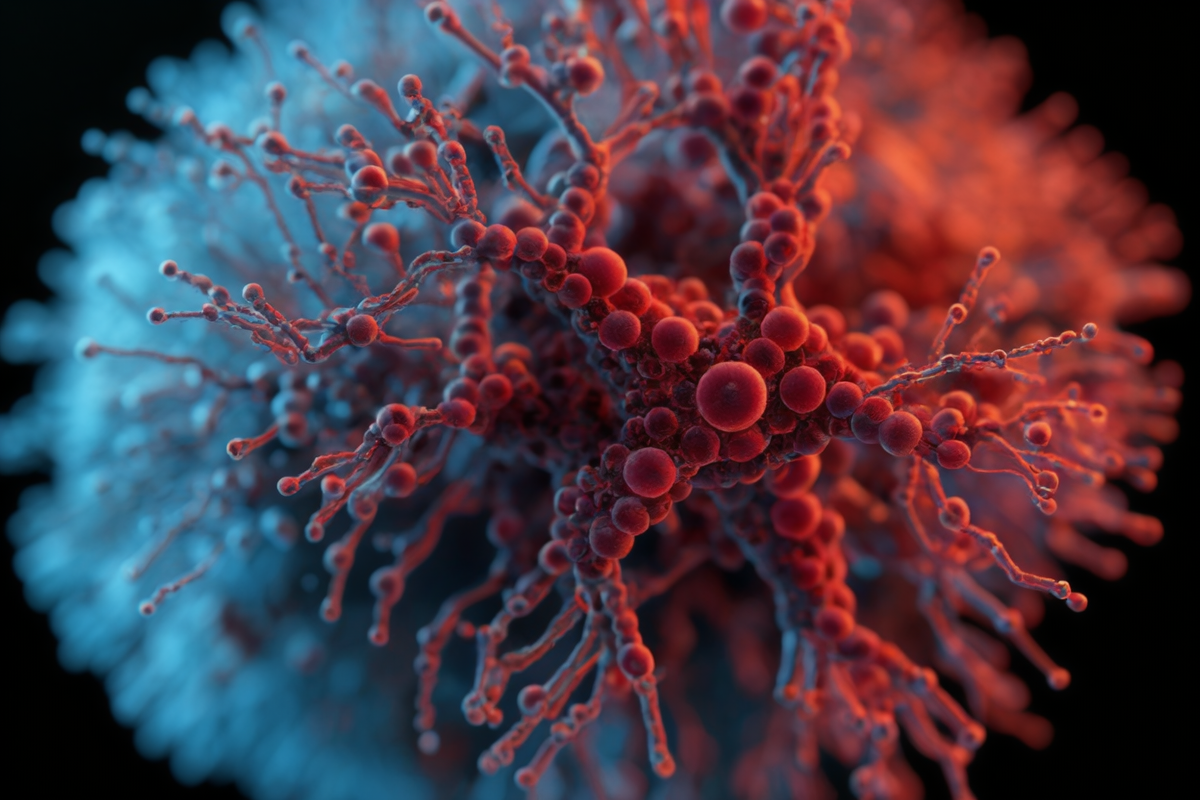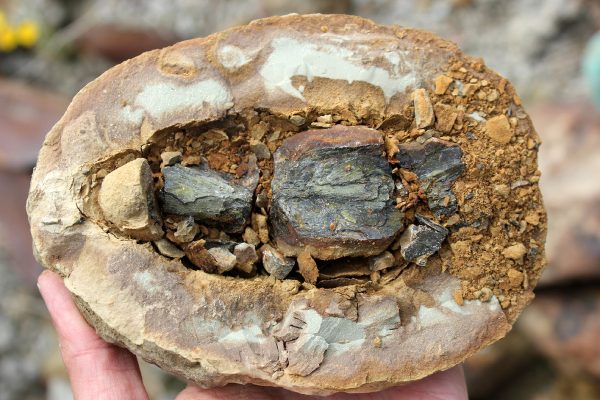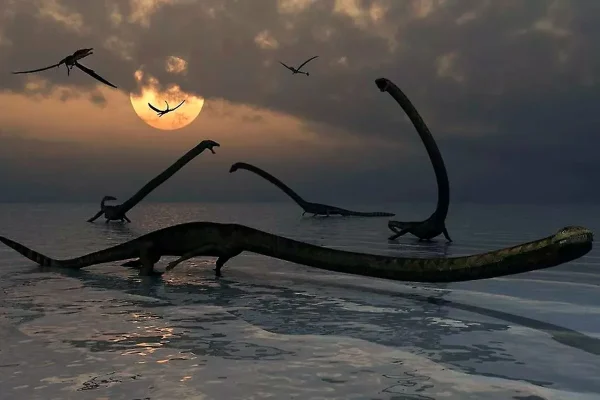A growing number of new studies have found that, at least for some cells, death is not the end, but the beginning of something totally unexpected.
Table of Contents
The biological cycle of our existence seems relatively simple: we are born, we live, we die. The end.
But when we examine existence at the cellular level, things get a little more interesting. You, me, and the approximately 108 billion Homo sapiens who have walked the Earth have formed our own constellation of some 30 trillion cells. Each of our bodies is a collective organism of living human cells and microbes working cooperatively to create what our minds consider ‘life.’ However, a growing number of studies have discovered that, at least for some cells, death is not the end. Instead, it may be the beginning of something new and entirely unexpected.
A growing wave of research on a new class of AI-designed multicellular organisms known as ‘xenobots’ is attracting scientific attention for their apparent autonomy. In September 2024, Dr Peter Noble, a microbiologist at the University of Alabama at Birmingham, together with Dr Alex Pozhitkov, a bioinformatics researcher at the City of Hope cancer centre, detailed this research.
Cells that go beyond death
Xenobots are cells that develop new functions beyond their original biological function; for example, they use hair-like cilia for locomotion rather than transporting mucus.
Since they appear to reassemble themselves into this new form and function, the authors argue that xenobots constitute a kind of ‘third state’ of life, in which cells can reorganise themselves after the death of an organism to form something new. These forms would probably not materialise in nature, but xenobots demonstrate that cells have a surprising ability to adapt to changes in their environment. Experiments with human cells, or ‘anthrobots,’ also show this behaviour.
‘Taken together, these findings challenge the idea that cells and organisms can only evolve in predetermined ways,’ the authors write in The Conversation. The third state suggests that the death of an organism may play an important role in the transformation of life over time.
The implications for these cellular robots, or biobots, are very important: imagine tailor-made medicines made from your own tissues to avoid a dangerous immune response. But they also paint a complex picture of what a cell really is. At least, that’s the opinion of evolutionary biologist and physician William Miller. He is co-author of the book The Sentient Cell (2023), which explores the ideas of the Cellular Basis of Consciousness (CBC) theory, which suggests that cells retain some kind of consciousness. Miller believes that xenobots are just another example of how we fail to give credit to the inherent cognitive abilities, or even consciousness, of the cells that make up our bodies.
‘The organism as a whole no longer responds as it once did, but subsets of cells are active, making decisions and solving problems,’ Miller says. ‘This fundamentally reconstitutes our perception of the living being: the fundamental unit of biological agency is the conscious cell.’
Consciousness is a notoriously ambiguous term, and its definition can vary depending on the field of study, context, or even over time. It is well known that the 17th-century philosopher, mathematician, scientist and intellectual René Descartes believed that only the human mind was conscious (which led to some inhumane experiments). Fortunately, modern science recognises various types of consciousness in the animal kingdom, but when it comes to life forms that are fundamentally different from us, human prejudices about what can be conscious or intelligent gradually take hold.
‘We, as humans, have a very limited capacity and a highly refined ability to perceive intelligence in medium-sized objects moving at medium speeds in three-dimensional space,’ says Tufts University synthetic and developmental biologist Michael Levin in a video exploring cellular intelligence. His laboratory built xenobots, and he claims that humans do not recognise intelligence when it is ‘extremely small or extremely large’.
For Miller, the concept of the sentient cell represents a radical shift in biology that challenges some neo-Darwinian ideas such as ‘survival of the fittest’. Since cells must work together to succeed, a more accurate microbial slogan might be: ‘I serve myself best by serving others,’ says Miller.
Placing the intelligent cell at the centre of biology “unfolds a whole new biological narrative where genes do not control, but are tools. In which we understand why organisms choose to join together in trillions to solve problems, for decision-making, mutual support, alliances, synergies, codependency and collaboration; it is not about “survival of the fittest”, Miller says.
Controversy among scientists
Many scientists are not convinced by this promising new future for biology. A 2024 letter published in the journal EMBO Reports describes the CBC theory as ‘a mere intellectual exercise without empirical evidence,’ and the authors are equally sceptical about claims of consciousness in relation to xenobots or other ‘third state’ organisms.
‘It has been known for about 75 years or more that cells can be induced to develop abnormally when taken out of context and grown in vitro. This is nothing new,’ said plant biologist Lincoln Taiz of the University of California, Santa Cruz, and co-author of the letter, in an email. ‘When a herbivorous insect secretes hormones onto plant leaves, causing them to form abnormal growths that serve as shelter for the insect, is this a “third state” of life?’ Taiz has also addressed what he describes as ‘myths’ surrounding plant consciousness and co-authored a 2019 review titled ‘Plants do not possess or require consciousness.’

And for Wendy Ann Peer, a biologist at the University of Maryland, who also co-authored the CBC’s dissenting letter, the idea of cellular consciousness simply lacks the scientific rigour necessary to be considered a theory. ‘With the scientific method, there must be a control and a clearly tested hypothesis,’ Peer says. ‘And the key to the hypothesis is that it must be refutable.’
When cells are taken out of context and no longer exchange information or signals with nearby cells, different genes than normal can be expressed, Peer explains. In short, xenobots are an advanced version of ‘animal caps,’ a well-known technique in developmental biology in which cells retain the ability to differentiate into other cells.
While some experts claim that cells are more than simple automatons following strict genetic orders, scientists continue to define consciousness, overwhelmingly, as something with a nervous system and a brain capable of expressing a subjective point of view. However, despite this disagreement, both groups agree on at least one important point: understanding cells and exploring their multiple capabilities represents a great opportunity. Taiz compares the potential use of anthrobots in medicine to the behaviour of humans as their own ‘plant-galling insects,’ altering the development of stem cells to create specific cellular behaviours.
Meanwhile, Miller agrees. ‘Levin’s work is a good example of trying to discern how to collaborate with cells to create life forms that help humans,’ he says. ‘We are learning to do what cells do, and if we are smart, we will collaborate with them.’
Conscious or not, it seems that cells will undoubtedly play a key role in the future of human health.





